How to plan lighting for new kitchen and bathroom
Annie
7 years ago
Featured Answer
Sort by:Oldest
Comments (12)
D B Electric
7 years agoMcMillan Cabinetmakers
7 years agoRelated Professionals
Fort Washington Lighting · Green Bay Lighting · Santa Barbara Lighting · Santa Barbara Furniture & Accessories · Union City Furniture & Accessories · Fillmore Furniture & Accessories · Wilmington Furniture & Accessories · Nashville Interior Designers & Decorators · Coronado Decks, Patios & Outdoor Enclosures · Baton Rouge Decks, Patios & Outdoor Enclosures · Justice Decks, Patios & Outdoor Enclosures · Lenoir Decks, Patios & Outdoor Enclosures · Orange County Decks, Patios & Outdoor Enclosures · Reading Decks, Patios & Outdoor Enclosures · Southampton Decks, Patios & Outdoor Enclosuresmrroarke
7 years agoJoseph Futral
7 years agoH B
7 years agoJoseph Futral
7 years agoAnnie
7 years agoDavid
7 years agoJoseph Futral
7 years agolast modified: 7 years agoDavid
7 years agoJoseph Futral
7 years agolast modified: 7 years ago
Related Stories
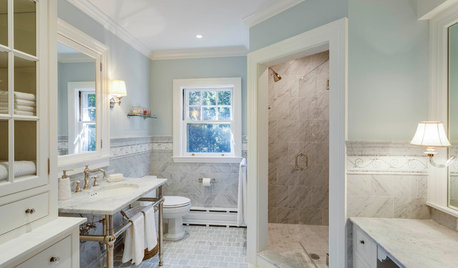
BATHROOM DESIGNWhich Bathroom Vanity Will Work for You?
Vanities can be smart centerpieces and offer tons of storage. See which design would best suit your bathroom
Full Story
KITCHEN DESIGN9 Questions to Ask When Planning a Kitchen Pantry
Avoid blunders and get the storage space and layout you need by asking these questions before you begin
Full Story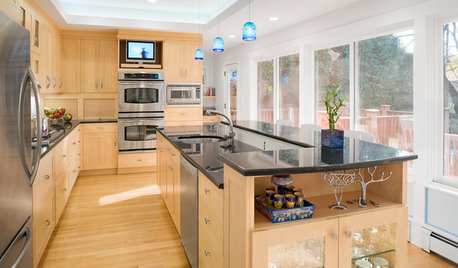
UNIVERSAL DESIGNHow to Light a Kitchen for Older Eyes and Better Beauty
Include the right kinds of light in your kitchen's universal design plan to make it more workable and visually pleasing for all
Full Story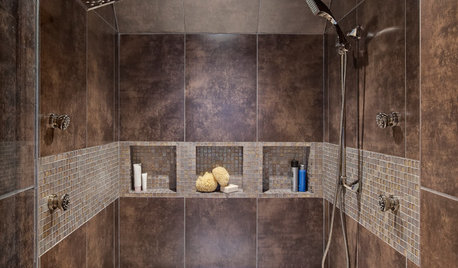
REMODELING GUIDESBathroom Remodel Insight: A Houzz Survey Reveals Homeowners’ Plans
Tub or shower? What finish for your fixtures? Find out what bathroom features are popular — and the differences by age group
Full Story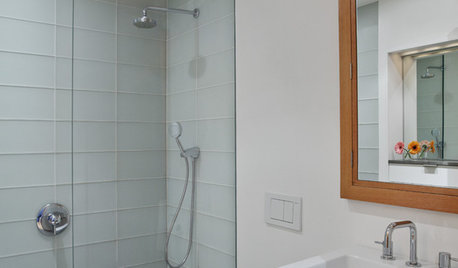
BATHROOM DESIGNConvert Your Tub Space to a Shower — the Planning Phase
Step 1 in swapping your tub for a sleek new shower: Get all the remodel details down on paper
Full Story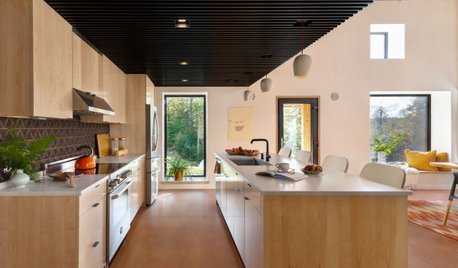
KITCHEN DESIGN10 Tips for Planning a Galley Kitchen
Follow these guidelines to make your galley kitchen layout work better for you
Full Story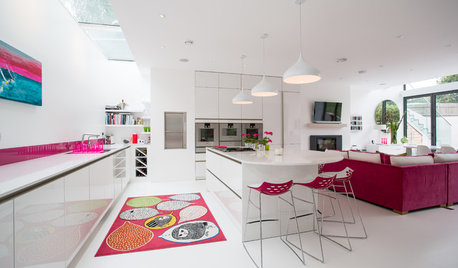
KITCHEN WORKBOOKNew Ways to Plan Your Kitchen’s Work Zones
The classic work triangle of range, fridge and sink is the best layout for kitchens, right? Not necessarily
Full Story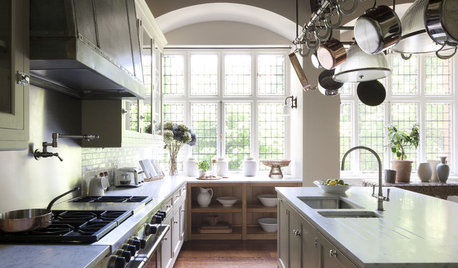
KITCHEN DESIGNHow to Plan a Quintessentially English Country Kitchen
If you love the laid-back nature of the English country kitchen, here’s how to get the look
Full Story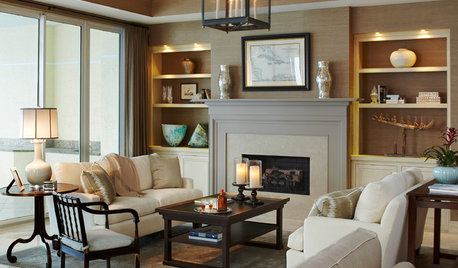
LIGHTINGGet Turned On to a Lighting Plan
Coordinate your layers of lighting to help each one of your rooms look its best and work well for you
Full Story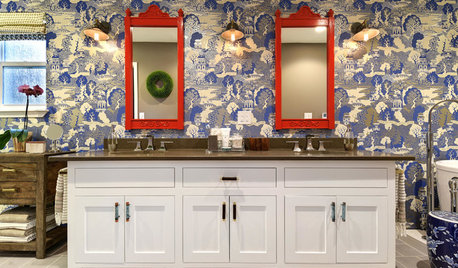
BATHROOM MAKEOVERSRoom of the Day: Bathroom Embraces an Unusual Floor Plan
This long and narrow master bathroom accentuates the positives
Full Story








AvatarWalt